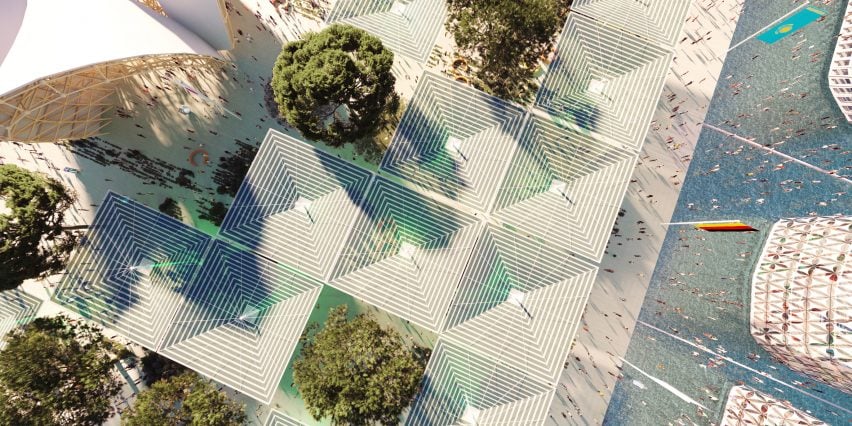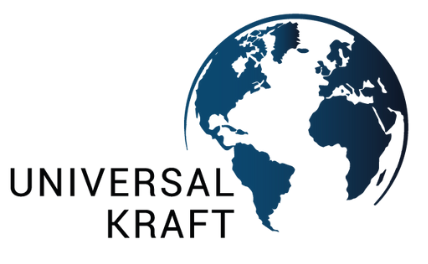
An urban solar farm, which might power the exhibition site and aid in the decarbonization of the neighboring neighborhoods, is part of Rome’s concept for Expo 2023. The project is being developed by Carlo Ratti Associati, architect Italo Rota and urbanist Richard Burdett, with a proposal to be a joint effort from every participating country.
Rome is on the run to host the Expo 2030, alongside Busan, in South Korea, and Riyadh, Saudi Arabia. The capital of Italy suggests holding the event at Tor Vergata, a sizable neighborhood in Rome that is home to both the university by the same name and a densely populated residential area. Since the space may be converted into an innovation district following the event, all of the pavilions are totally reusable, which could help to breathe new life into the relatively run-down neighborhood.
A urban solar farm in Rome
Together with a number of partners, architects Italo Rota and urbanist Richard Burdett co-developed the master plan for the urban solar farm. Planning, architecture, and design are all impacted by digital technology, and Carlo Ratti Associati is an innovation and design business that studies these effects. The project’s sustainability, infrastructure, design, mobility, and cost were evaluated. The hundreds of square-shaped “energy trees” that would make up the urban solar farm would be integrated into specially designated plots in each country and designed to open and close their panels at different times of the day.

These energy-harvesting structures would also provide as shade for site visitors and, when viewed from above, take the style of a mosaic. One of CRA, Rota, and Burdett’s other goals for the solar farm is to use renewable energy to help the neighboring neighborhoods become carbon neutral.
“We conceived this project like a feasible utopia – one that aims to be a catalyst for new projects and ideas. The main driver behind this goal is to let natural ecosystems and technological inventions work in sync, just like human and natural energy would make each other more intense. This new approach to temporary events could become the foundation of a new model for urban development”, architect Italo Rota remarks.
The City, the Boulevard, and the Park are the three districts that make up Rome’s World Expo 2030 bid. Oriented from east to west, they would transport guests from an urban setting to a more rustic one. The Boulevard, the master plan’s primary spine that will house all of the national pavilions, will be spanned by the urban solar farm.
First read on Dezeen
Also read Why should we care about geo-engineering?





